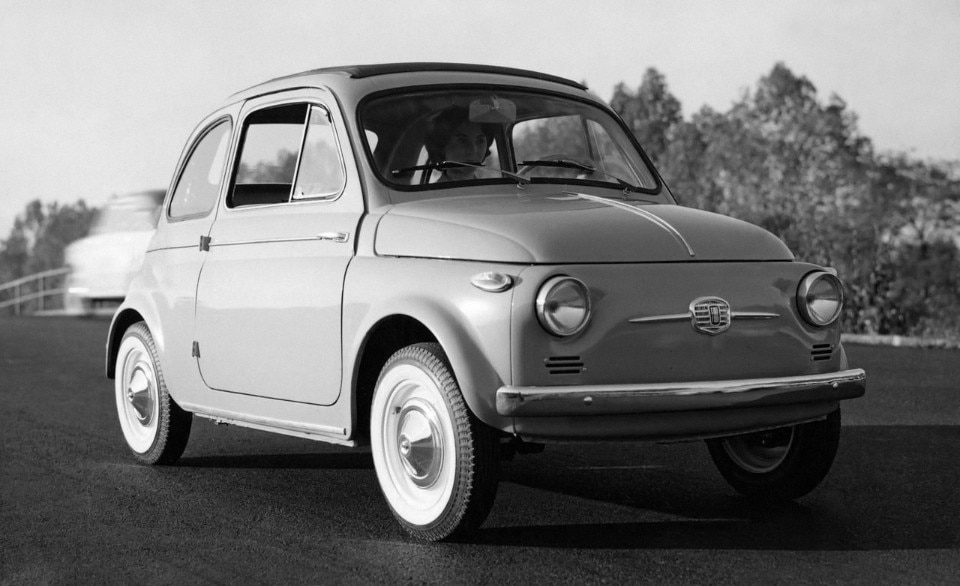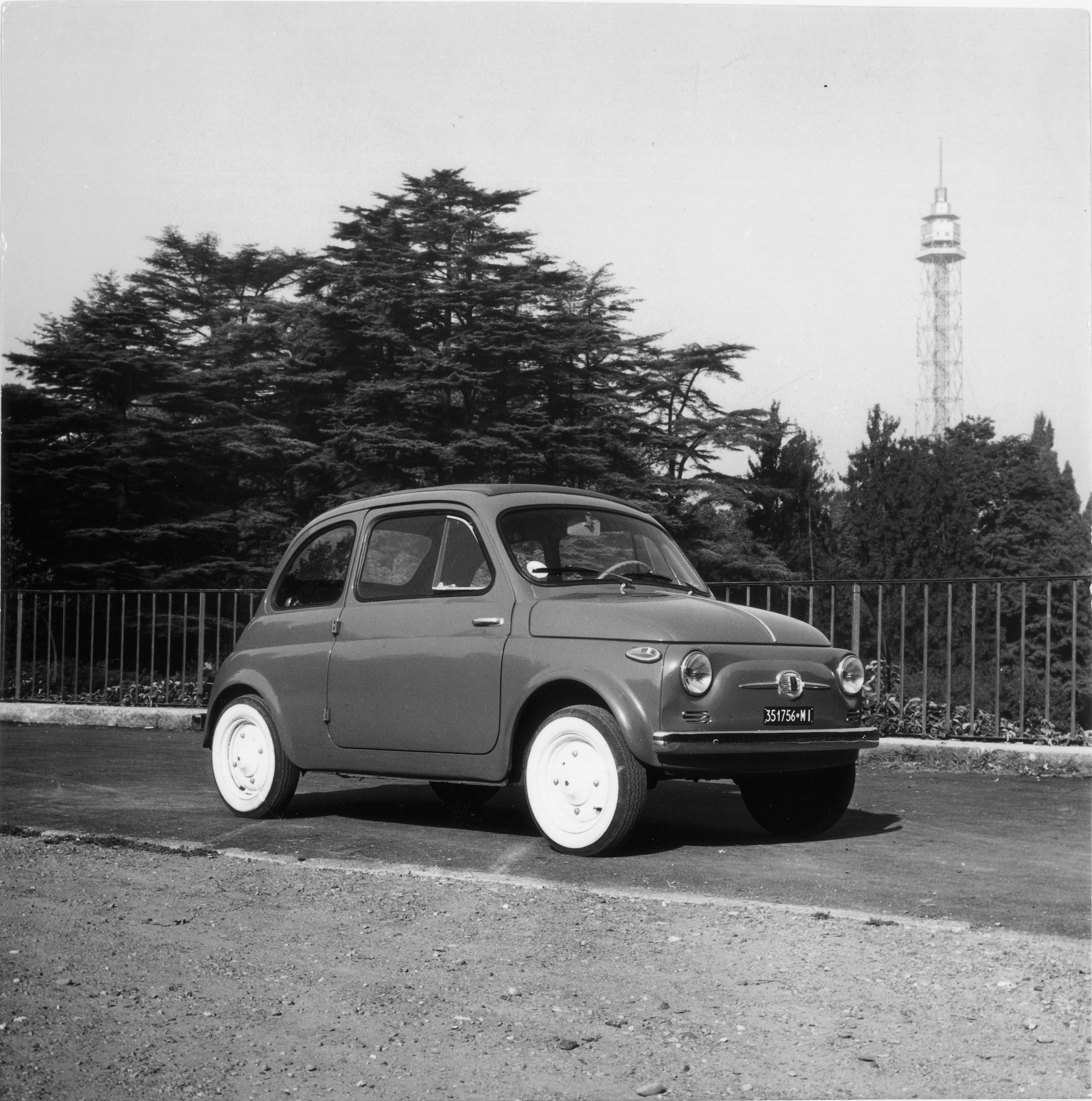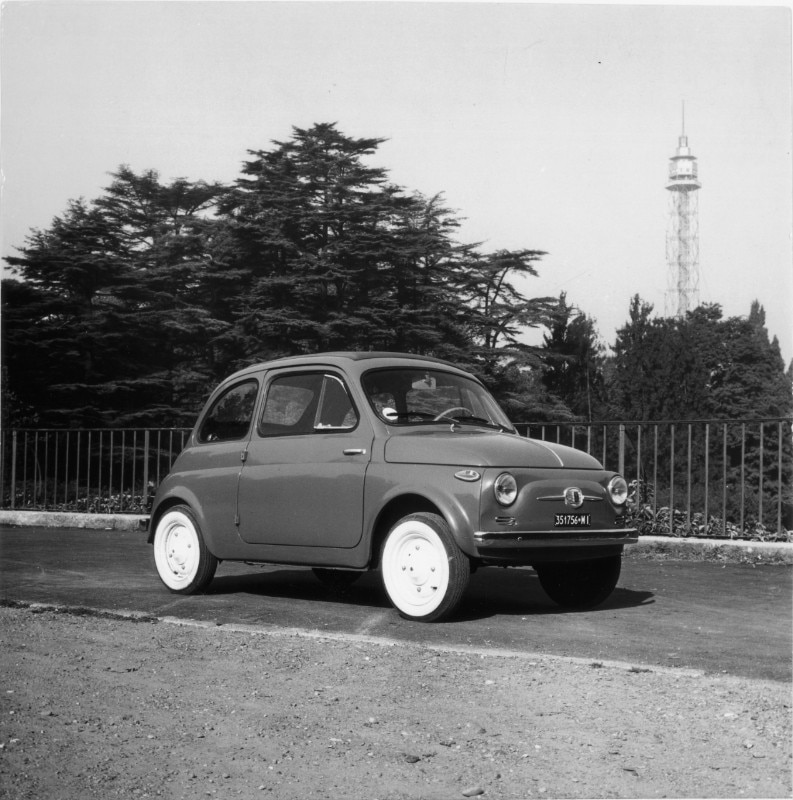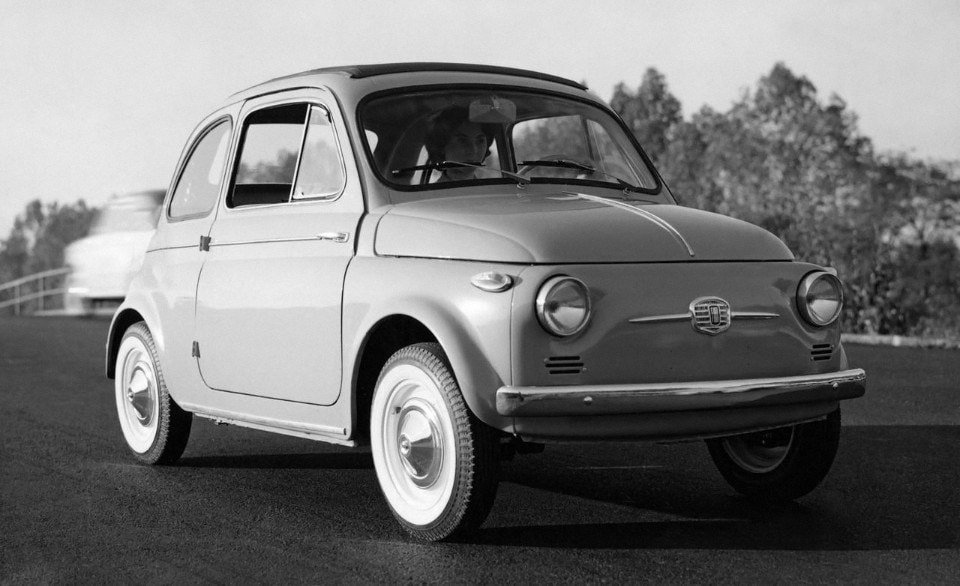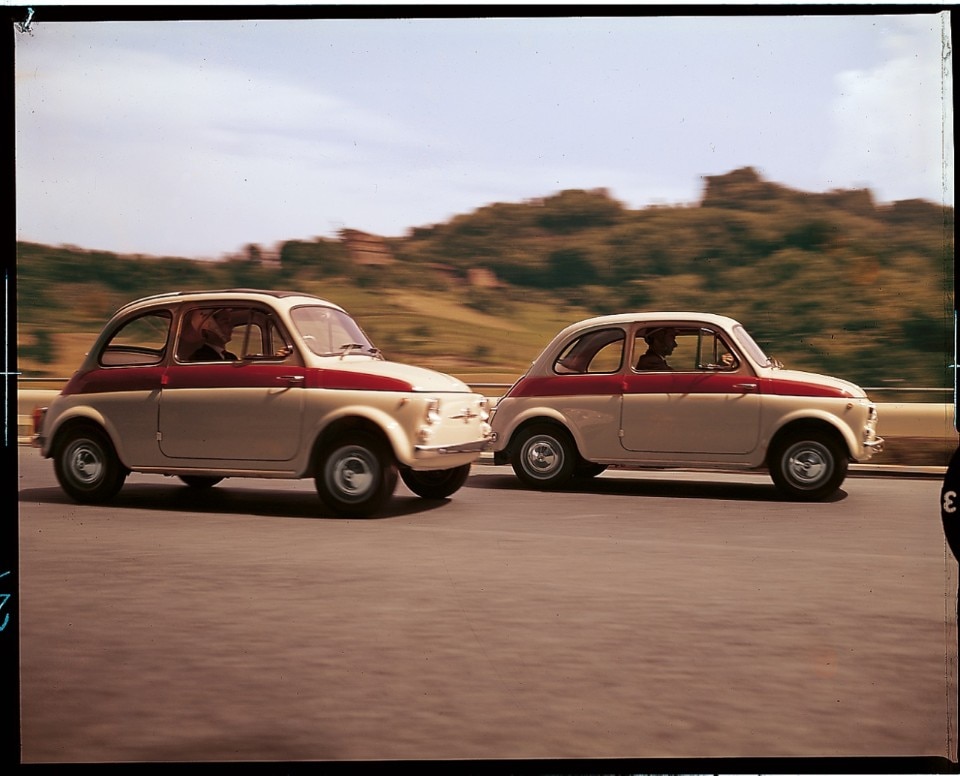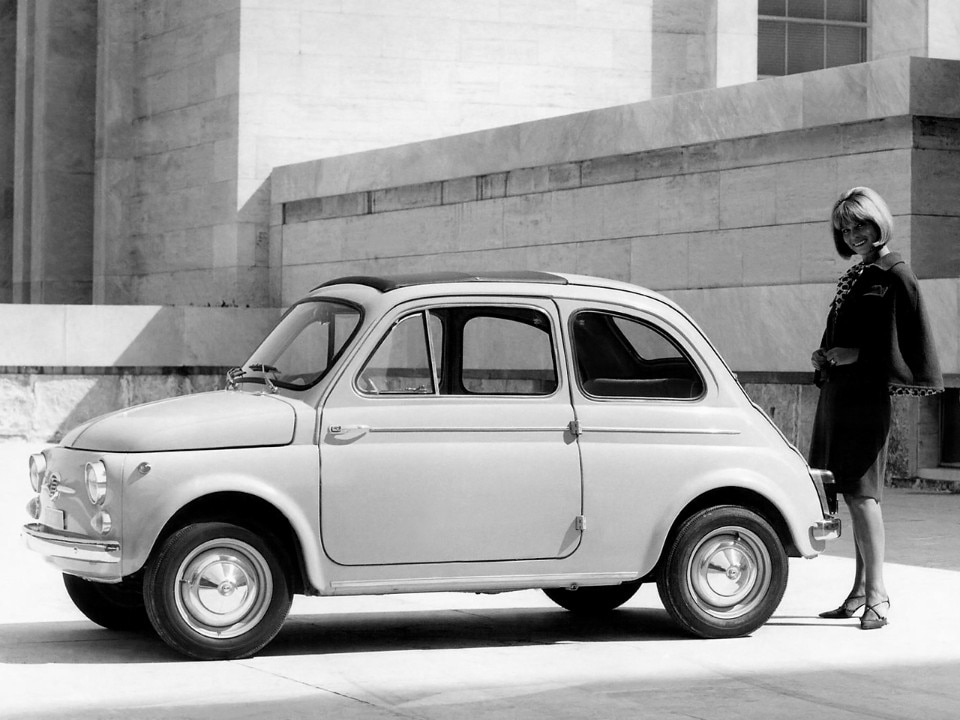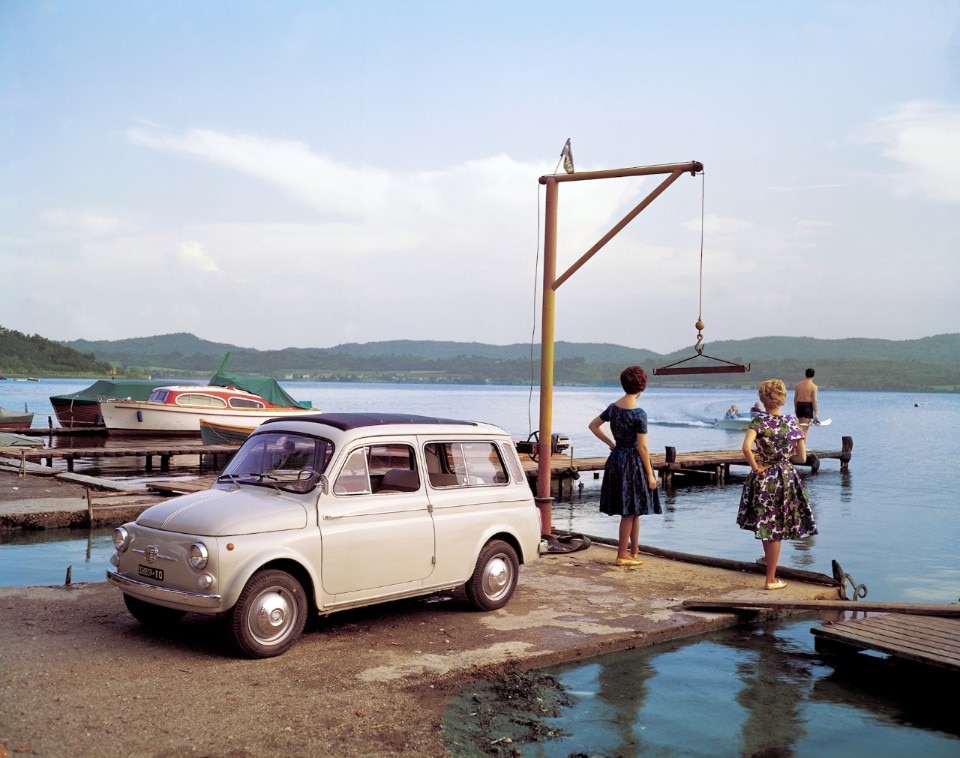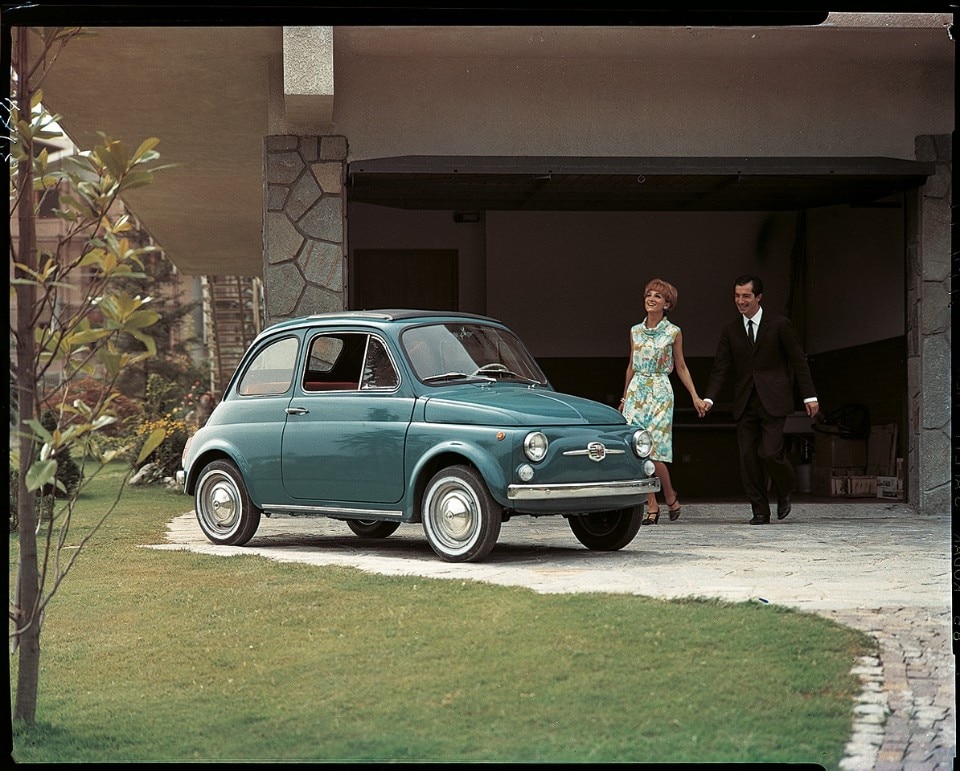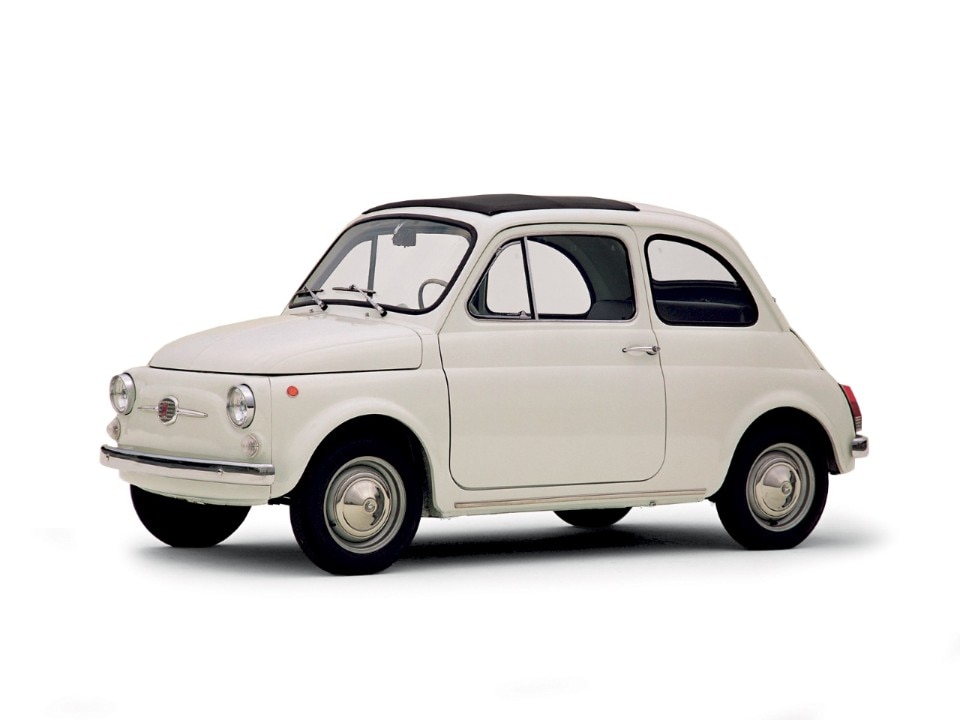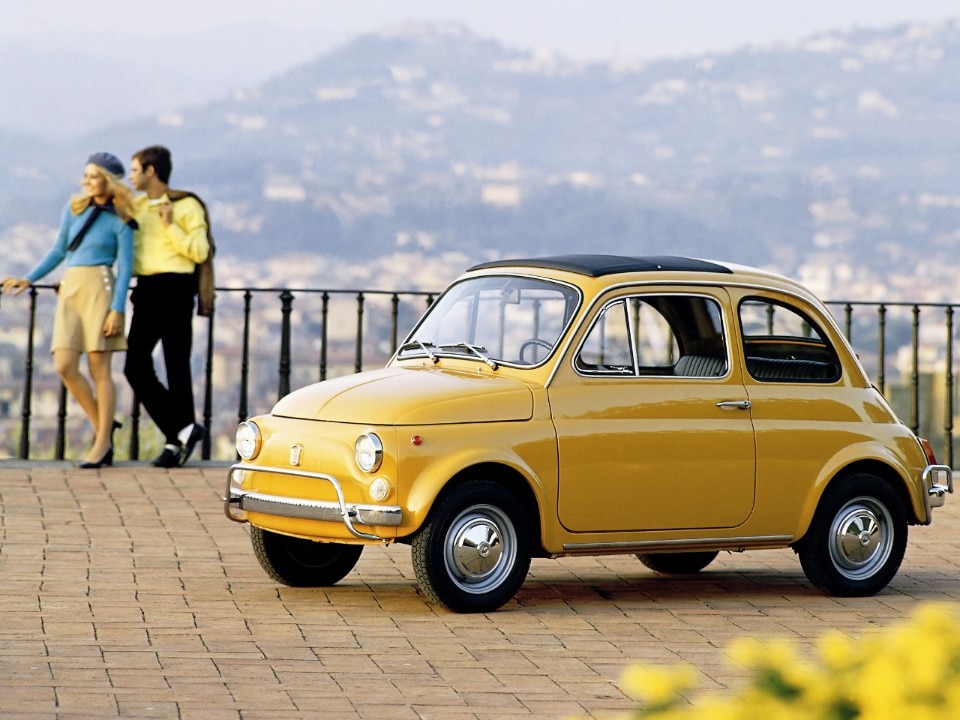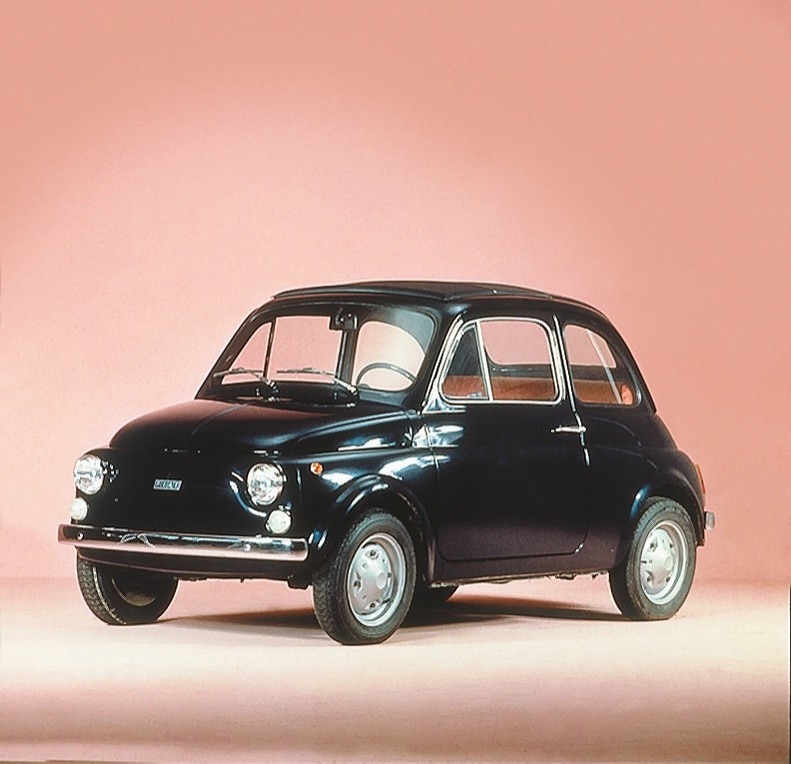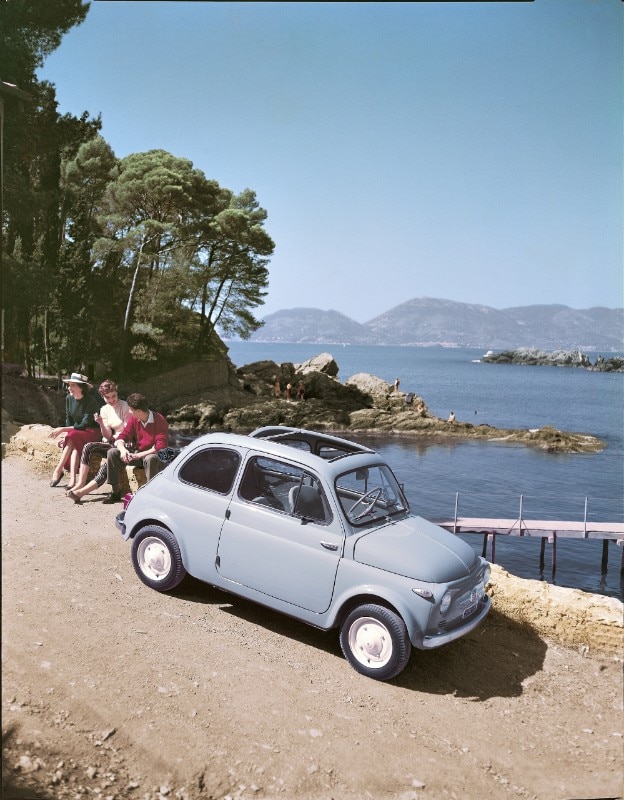Two seats, light, small. It sounds like the description of a mini supercar, maybe a Lotus Elise or a Caterham, but these three adjectives refer to what would later become the queen of Italian roads: the 500. Or rather, the Nuova 500 of 1957, that little curvy babe that only a few people have been able to refuse.
However, the project did not start off very well. It’s the beginning of the 50s, and Fiat has already launched a Fiat 500 – the one that would later be nicknamed Topolino (even though the Turin-based company never accepted it). It is the perfect city car, a sinuous car that looks like it came out of a Walt Disney comic book (the nickname, however, stems from its small size) but which is starting to show the signs of passing time. Italy needs to be motorized, it’s just recovered from the war and is enjoying the economic boom. In Italy, there’s an army of workers with three main characteristics: they are urban, they have a certain amount of money, and a lot of free time to spend. They’d love to organize weekend getaways and short holidays. They just don’t have the right car to do it yet.
While Laika is flying into space (and Carosello is going very well), the New 500 is created on Planet Earth. The person in charge of the project is Dante Giacosa, who already designed the Topolino and the Nuova Balilla, and will later design the Campagnola, the Bianchina, the 127 and the 126. The overall design is that of the Topolino, that rear-engined car with a spare wheel in the front and a small unpadded luggage compartment behind the seats. Initially, there are only two seats, too few to motorize a country in which there’s just been a baby boom after the war and family is still playing a key role. The aesthetics that still fascinates us today was the result of a simple equation: the car is 2.97 meters long, but only 1.32 meters wide and high. It’s practically a blunted cube with quite a prominent front. It has a sunroof, the kerb weight is 470 kg, almost a third of today’s Smart, and the maximum speed is 85 km/h. The price, however, is high: 490,000 lire. Which is a year’s salary, too much. With just one hundred thousand lire more, in fact, you could buy a 600, the other icon of the Italian economic boom, which came out in ’55, has four seats and two luggage compartments.
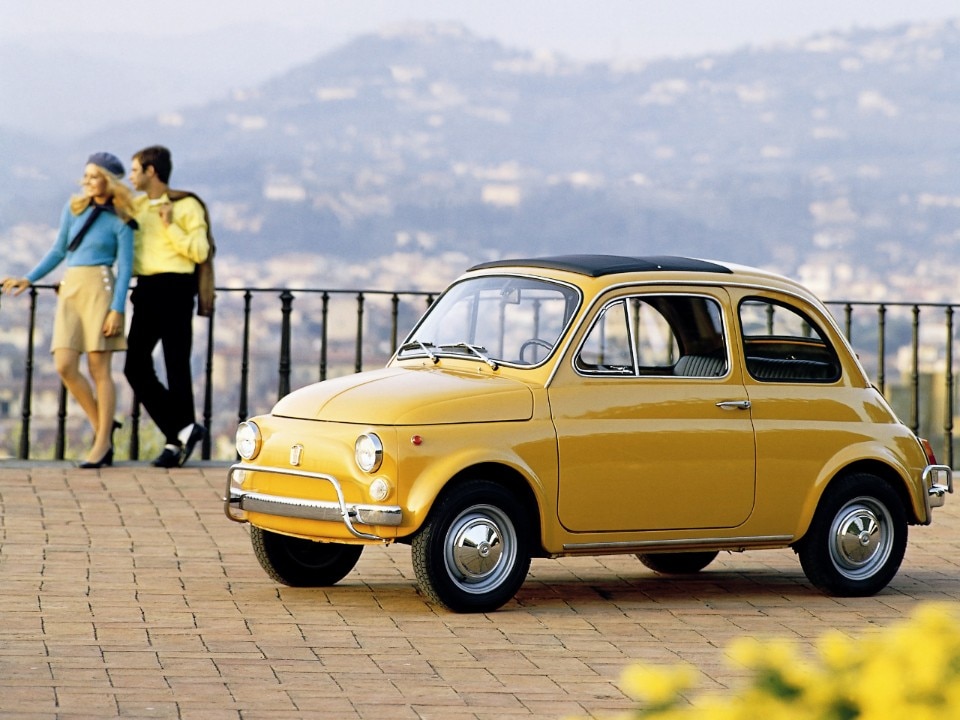
Well, it isn’t exactly a total flop, but almost. and yet, Giacosa doesn’t give up. “To design is also to evaluate the difficulties, identify the essential problems, search for the different possible solutions and select those that could solve them in the simplest and most accurate way”, he says, and he gets back on track. Also in 1957, at the Turin Motor Show, the “Economica” and “Normale” booths were created. In spite of the name, they have much more features than the previous model, and they are much more elaborate: the price goes up to 490,000 lire, but they have a padded rear seat instead of the uncomfortable wooden bench that was not even homologated. The seats then become four. Now the car is looked at with interest, and starts to work its way up. It also gets reinterpreted, becoming longer and with a greater load capacity (Giardiniera) and it even reaches “America” (that’s what we called the United States at the time), with two oversized headlights that give it a froglike appearance. For Americans, it’s a really unusual vehicle: when walking past it, it is impossible not to turn around and look at it.
However, for the real “boom” we have to go back to the ’60s and more precisely to 1965. Miniskirts are everywhere, and the minicar is stealing the heart of Italians. The F version is still the best-selling model of all, and it also ends up in the MoMA collection. The changes seem minimal to untrained eyes: wider windscreen, some chrome plating, no sunroof. The real turning point, however, is the use of plastic instead of metal (in ’63, Giulio Natta receives the Nobel Prize for his Moplen). There is also a luxurious version, the L model, with a large use of chrome, the seats with a new striped design, the carpet floor and the black spoked steering wheel with a red horn on which the Fiat logo stands out. It also has a sunroof to enjoy the famous Italian sunshine.
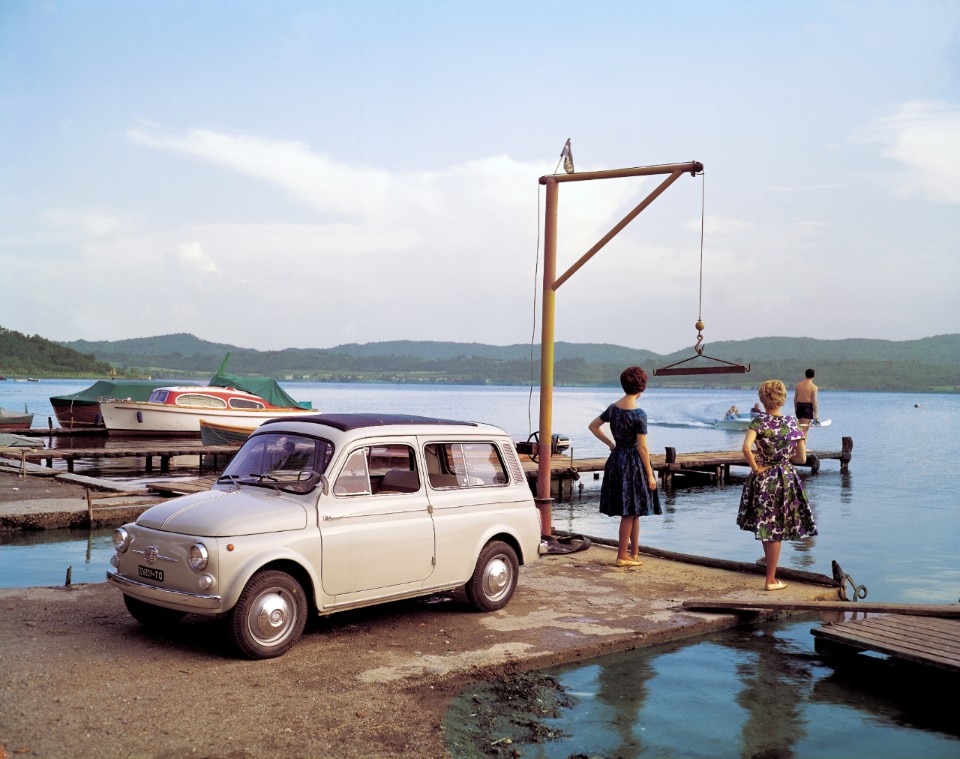
The special versions are countless: many manufacturers, designers and body shops have reinterpreted this myth, like Ghia, Frua, Vignale, Abarth and Pininfarina. Among the most curious models, we have the Moretti 500 Coupé, an extra-long prototype designed for Americans who are always looking for more space, the Motocarrello, a draisine for railway use and the Gamine by Vignale and Fiat 500 Zanzara that totally revolutionized the car. For beach lovers, there were the Spiaggina models, cars perfect for having fun like the Jolly by Ghia, which only had a canopy for protection, or the more extreme Lucertola, with six wheels and off-road skills. It’s impossible not to mention the Bianchina by Autobianchi, which was born as a luxury version of the 500 (the design was always by Giacosa) and later became Fantozzi’s car.
Then, the Fiat 500 goes abroad. We have talked about the USA, but those manga-like lines conquered the same country that created them: Japan. Gentleman thief Lupin III drove an all yellow Nuova 500, alternating it with the much more luxurious Mercedes-Benz SSK, SSKL and Morgan 4/4. About that, here it is in Dragon Ball, in both the normal and Sport versions. But it is above all the cinema that has used the 500 as a mirror of joys and sorrows, of misery and nobility. So, here it is in Steno’s The Overtaxed, in François Truffaut’s Day For Night and, above all, in Pasolini’s Mamma Roma, in which it is omnipresent. The cult scene, however, is in Ettore Scola’s We All Loved Each Other So Much, when Vittorio Gassman parks it in Piazza del Popolo in Rome. The Americans honoured it in Cars, a 2007 Pixar film in which our mini car becomes Luigi, a mechanic with a marked Italian accent and a yellow livery that contrasts with the red of Lightning McQueen, the sporty protagonist.
The story of the Nuova ended in 1972 with the latest version, the R, which stayed on the market until 1975. This car has done its time, and is now ready to pass the baton to its sister Fiat 126, whose squared shapes are more appropriate to the 70s, a period in wich we see more and more brutalist cars. The numbers are those of a legend: in 17 years, 3.9 million New 500 Fiat cars were built. And they become 4.2 million if we add those of the licensees abroad, especially the Steyr-Daimler-Puch in Austria and the Fiat Neckar in Germany. However, this car is not completely gone yet. After the boxy Cinquecento (in letters) of 2007, we will see it again in 2007, in the form of its curvilinear great-grandson 500.


